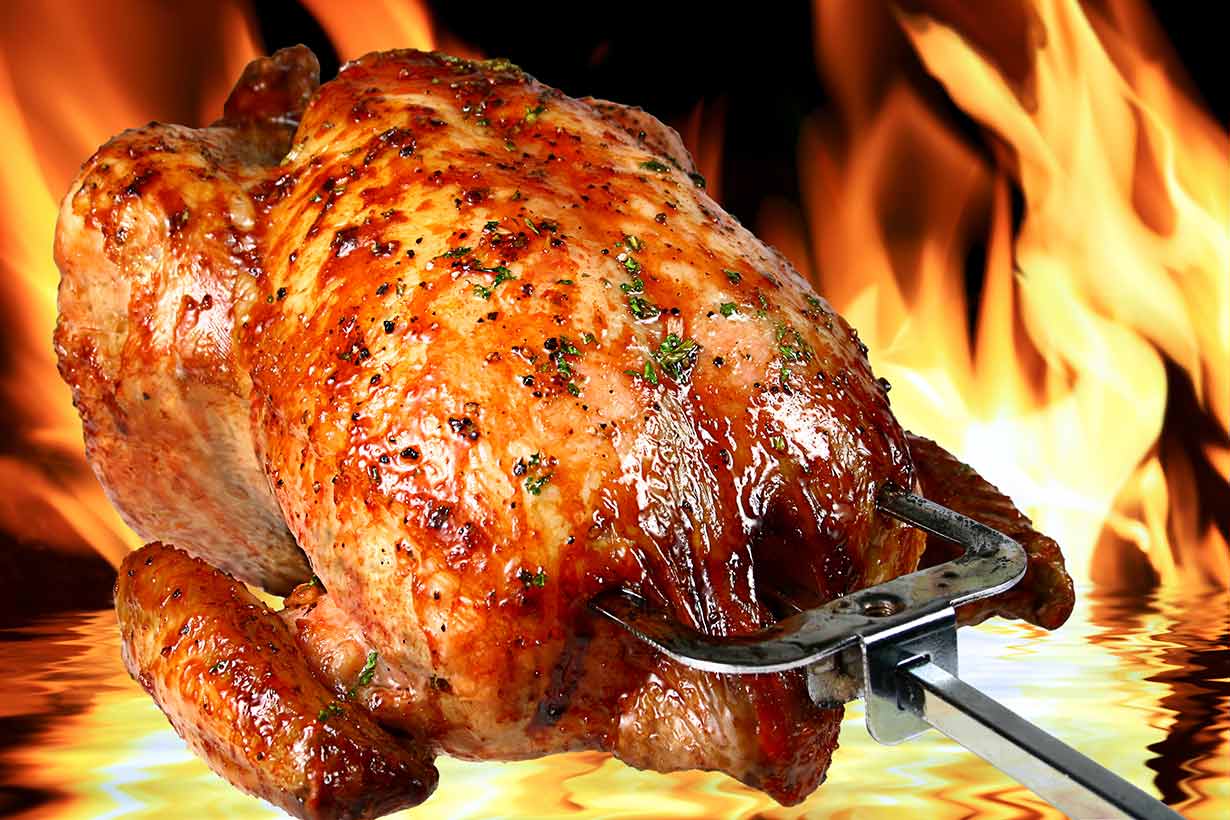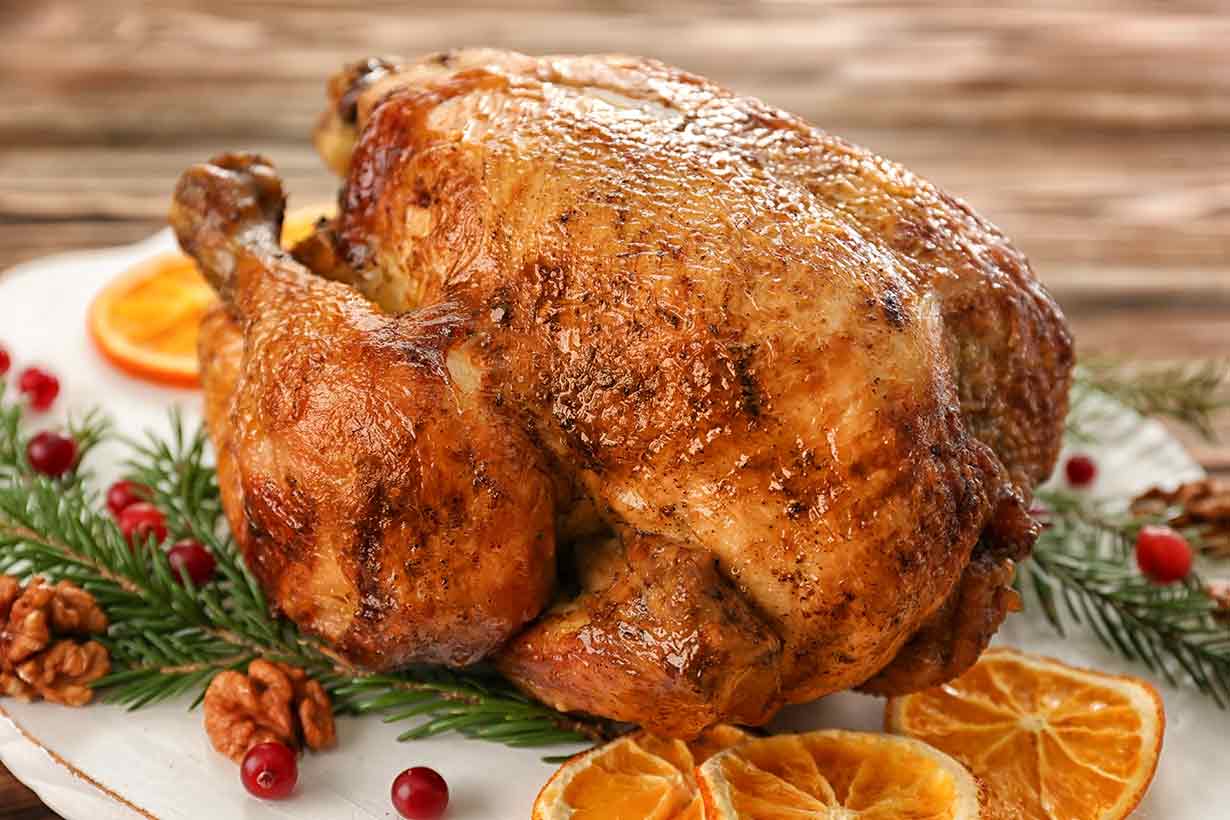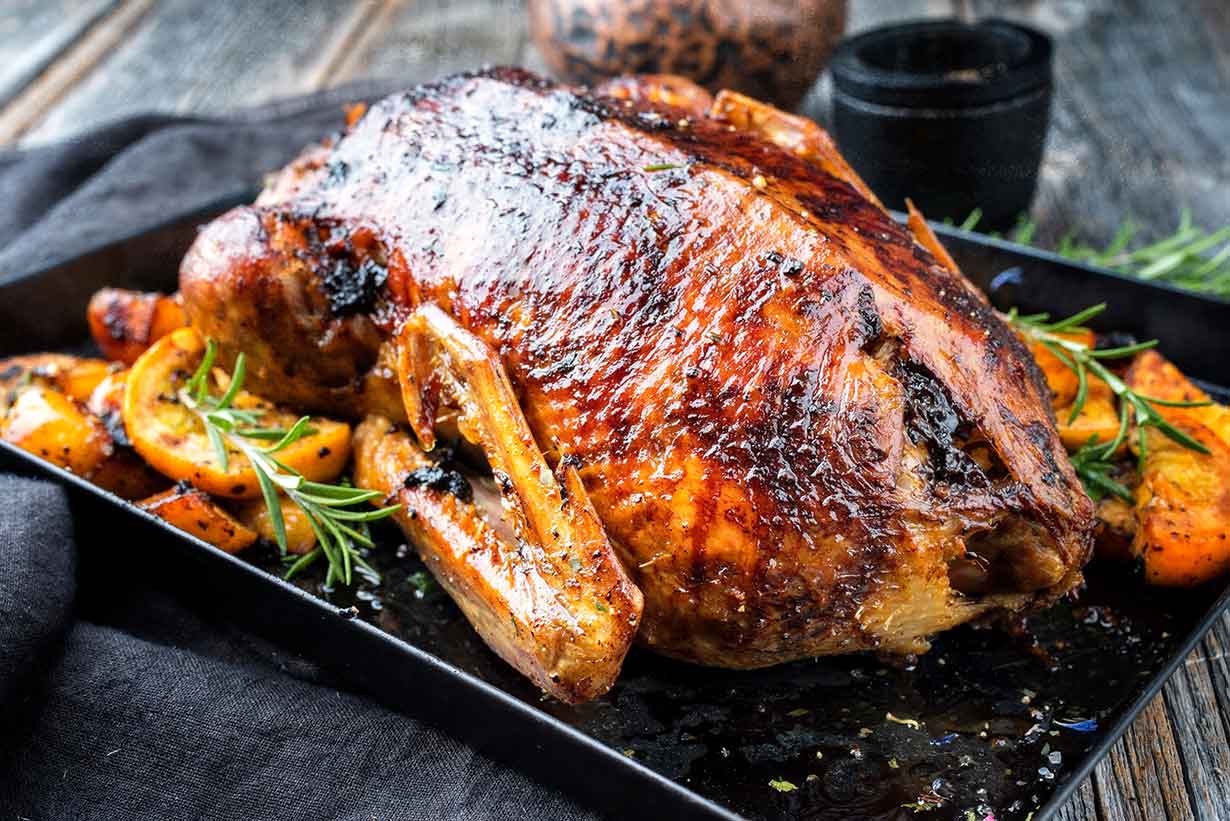Ground Chicken: Nutrition, Benefits, and Downsides
This article provides a nutritional guide to ground chicken.
As part of this guide, we’ll examine how ground chicken compares nutritionally to more common chicken products and ground varieties of other meats.
We’ll also explore its key benefits and consider any potential drawbacks worth noting.
Table of contents
The Nutritional Profile of Ground Chicken

First, let’s take a look at the nutritional properties of ground chicken.
The table below presents the full nutritional values of cooked ground chicken per three-ounce (85-gram) serving, with data sourced from the USDA’s FoodData Central database (1).Nutrient Amount % Daily Value Calories 161 kcal Carbohydrates 0 g 0% Fiber 0 g 0% Sugars 0 g Fat 9.26 g 12% Saturated fat 2.64 g 13% Monounsaturated fat 4.15 g Polyunsaturated fat 1.77 g Omega-3 0.12 g Omega-6 1.55 g Protein 19.8 g 40% Cholesterol 91 mg 30%
As shown in the table, ground chicken is high in protein.
Vitamins
| Vitamin | Amount | % Daily Value |
|---|---|---|
| Choline | 50.2 mg | 9% |
| Folate, DFE | 1.7 mcg | <1% |
| Thiamin (B1) | 0.10 mg | 8% |
| Riboflavin (B2) | 0.26 mg | 20% |
| Niacin (B3) | 6.04 mg | 38% |
| Pantothenic acid (B5) | 1.13 mg | 23% |
| Vitamin B6 | 0.46 mg | 27% |
| Vitamin B12 | 0.43 mcg | 18% |
| Vitamin A, RAE | 0 mcg | 0% |
| Vitamin C | 0 mg | 0% |
| Vitamin D | — | — |
| Vitamin E | 0.33 mg | 2% |
| Vitamin K | 1.78 mcg | 1% |
Ground chicken is an excellent source of B vitamins.
Minerals
| Mineral | Amount | % Daily Value |
|---|---|---|
| Calcium | 6.8 mg | <1% |
| Copper | 0.05 mg | 6% |
| Iron | 0.79 mg | 4% |
| Magnesium | 23.8 mg | 6% |
| Manganese | 0.01 mg | <1% |
| Phosphorus | 199 mg | 16% |
| Potassium | 575 mg | 12% |
| Selenium | 12.2 mcg | 22% |
| Sodium | 63.8 mg | 3% |
| Zinc | 1.63 mg | 15% |
Ground chicken provides a range of minerals. Among these, it provides particularly high levels of selenium.
Key point: Ground chicken is high in protein and contains a moderate amount of fat and calories.
Benefits of Ground Chicken
Here’s an overview of the main benefits of ground chicken, taking both its nutritional properties and general characteristics into account.
Rich Source of Protein
Ground chicken is an excellent source of protein, with a three-ounce (85-gram) serving of cooked ground chicken providing 19.8 grams of protein.
This serving contains only 161 calories, making ground chicken a relatively lean source of protein. However, due to its fat content, it has more calories than leaner chicken products like chicken breast meat (1, 2).
Relatively Low in Saturated Fat
For thoselimiting their intake of saturated fat, ground chicken contains relatively low amounts compared to fattier cuts of meat.
A three-ounce (85g) serving cooked ground chicken contains 2.64 grams of saturated fat (1).
Consuming high levels of saturated fat can elevate LDL-C (low-density lipoprotein cholesterol) levels, which are linked to an increased risk of cardiovascular disease (3).
However, leaner options, such as chicken breast, contain even less saturated fat.
High in B Vitamins
Ground chicken is a good source of B vitamins. Per three-ounce (85-gram) serving, it provides more than 18% of the daily value for vitamins B2, B3, B5, B6, and B12. The vitamin B3 content is particularly high, with a serving providing 6.04 mg, or 38% of the daily value (1, 4).
B vitamins are essential for converting the food we eat into energy and for producing red blood cells, which transport oxygen throughout the body (5).
Packed With Selenium
Ground chicken provides high levels of selenium, an essential mineral that plays a critical role in the body’s antioxidant system.
Selenium helps to protect the body from damage caused by free radicals and oxidative stress (6, 7).
A three-ounce (85-gram) serving of ground chicken offers 22 mcg of selenium, which is 22% of the daily value (1, 4).
An Affordable Option
One non-nutritional benefit of ground chicken is its affordability.
It is typically less expensive than ground beef and other lean chicken products, such as chicken breast.
Key point: The main nutritional benefits of ground chicken are its high protein content and its significant levels of B vitamins and selenium.
How Does Ground Chicken Compare To Chicken Breast?
The vitamin and mineral profiles of ground chicken and chicken breast are similar, but the biggest difference lies in their calorie, protein, and fat content.
The table below compares the calorie and macronutrient composition of ground chicken and chicken breast per 100 grams of cooked weight (1, 2).Nutrient Ground chicken (100g) Chicken breast (100g) Calories 189 kcal 165 kcal Carbohydrates 0 g 0 g Fiber 0 g 0 g Sugars 0 g 0 g Fat 10.9 g 3.57 g Saturated fat 3.11 g 1.01 g Monounsaturated fat 4.88 g 1.24 g Polyunsaturated fat 2.08 g 0.77 g Protein 23.3 g 31.0 g Cholesterol 107 mg 85 mg
As shown in the table, ground chicken contains slightly more calories than chicken breast, significantly higher fat content, and considerably lower protein levels.
Per 100 grams of cooked ground chicken, there are approximately 7 grams more fat and 8 grams less protein compared to chicken breast.
Key point: Ground chicken provides more fat and calories but less protein than chicken breast. However, it is more affordably priced.
How Does Ground Chicken Compare To Ground Beef?
Since ground beef is the most popular type of ground meat, let’s compare it nutritionally to ground chicken.
The table below presents a nutritional comparison of ground beef and ground chicken per 100 grams of cooked weight. While leaner options are available, the table uses data for 20% fat, 80% lean ground beef, as this is the most common type (1, 8).Nutrient Ground chicken (100g) Ground beef (100g) Calories 189 kcal 272 kcal Carbohydrates 0 g 0 g Fiber 0 g 0 g Sugars 0 g 0 g Fat 10.9 g 17.4 g Saturated fat 3.11 g 6.55 g Monounsaturated fat 4.88 g 7.64 g Polyunsaturated fat 2.08 g 0.50 g Protein 23.3 g 27.0 g Cholesterol 107 mg 89 mg
Ground beef is considerably higher in calories and fat than ground chicken. It also has a slightly higher protein content and a greater amount of saturated fat.
Ground chicken contains higher levels of the following vitamins and minerals compared to ground beef:
- Thiamin (B1)
- Riboflavin (B2)
- Niacin (B3)
- Pantothenic acid (B5)
- Vitamin B6
- Magnesium
- Phosphorus
- Potassium
- Manganese
In contrast, ground beef provides higher amounts of these micronutrients:
- Choline
- Folate (DFE)
- Vitamin B12
- Calcium
- Iron
- Sodium
- Zinc
- Selenium
It is also worth mentioning that red meat is often associated with an increased risk of adverse health outcomes, such as metabolic syndrome and all-cause mortality, in long-term observational studies. On the other hand, poultry typically doesn’t carry these associations (9, 10, 11).
It is important to note that these findings are observational and do not imply causation. The overall dietary pattern and habitual food choices play an important role in long-term health.
However, most health organizations recommend limiting red meat consumption and choosing leaner options (12, 13, 14).
That said, both ground chicken and ground beef can be part of a sensible and healthy dietary pattern, and it is our overall diet that matters most.
Key point: Compared to ground beef, ground chicken is significantly lower in calories and fat.
Does Ground Chicken Have Any Drawbacks?
Food Poisoning Risk
Ground chicken may carry a higher risk of food poisoning compared to whole cuts of chicken.
In 2022, Consumer Reports tested 351 packets of ground beef, chicken, and pork purchased from grocery stores across the United States. While salmonella bacteria was found in a few samples of ground pork and ground beef, one-third of the ground chicken samples tested positive (15).
For this reason, it is crucial to ensure ground chicken is thoroughly cooked.
The Centers for Disease Control (CDC) recommend cooking chicken to an internal temperature of at least 165°F (74°C) to prevent food poisoning (16).
Following the guidelines from these resources can also help to reduce the risk of food poisoning:
Chicken and Food Poisoning (CDC)
Ground Poultry and Food Safety (USDA)
Not As Lean As Chicken Breast
As mentioned earlier, ground chicken is not as lean as chicken breast.
For individuals looking to maximize protein intake while limiting calories, there are better choices nutritionally. You can find some of these alternatives in this guide to the leanest meat options.
Opting for a ground chicken product with reduced fat content is another option, but these products can be hard to find.
Final Thoughts
Overall, ground chicken is a good source of protein for relatively few calories.
While other foods may offer an even better protein-to-calorie ratio, ground chicken is also one of the more affordable protein options.
It’s a versatile food that works well in various dishes, and it also provides a good range of vitamins and minerals.






